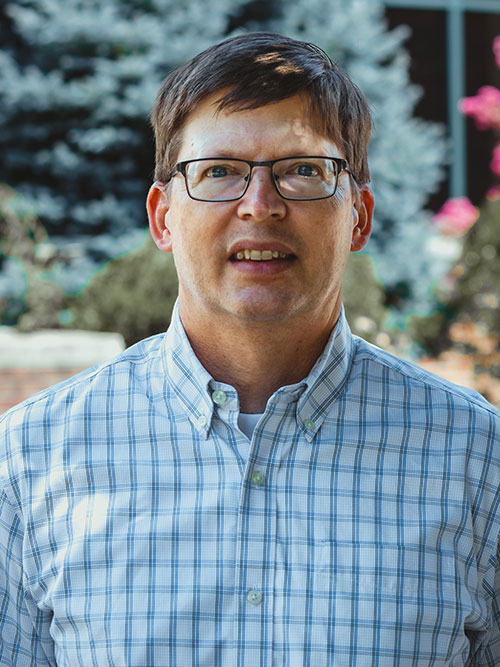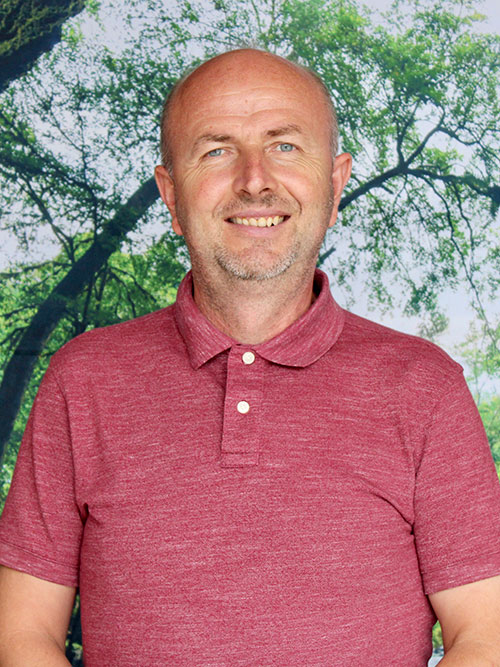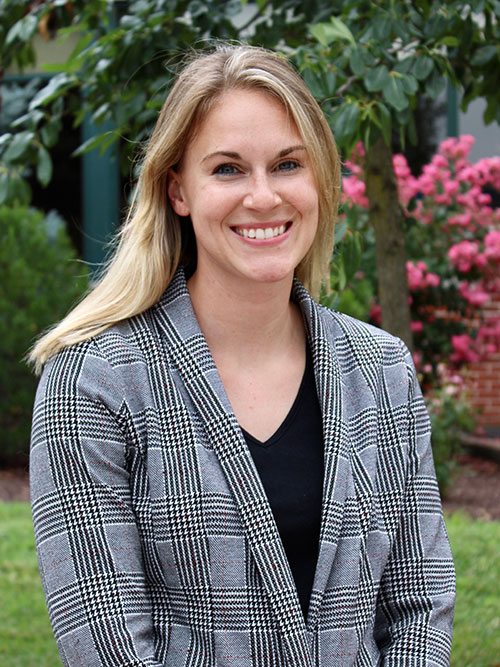Faculty research
Although we are a relatively small department, our faculty represents a wide variety of expertise, ranging from particle and dark matter physics, to solid state and materials physics, to optics and biological physics. All faculty members have active research programs with dedicated laboratories for their research, and all invite qualified and motivated students to participate in the research.
Students interested in pursuing undergraduate research often begin their research projects with a 1-credit course in which they explore and then write a research proposal for the project they will be doing. Then the following semester(s), they can sign up for a 1, 2, or 3 credit individual research course, where they work with a faculty member to conduct the research project. This can be used to fulfill the Honors Project requirements for students in the Honor’s Program.
In addition, many students apply for summer research experience for undergraduate’s (REU’s) programs, hosted by national laboratories or research universities.

Niklas Hellgren
My research covers two distinctly different areas: Thin film deposition and materials characterization, and the physics of golf.
Thin film deposition and materials characterization:
A thin film is a layer of a material ranging in thickness from a monolayer (one atom think) to several micrometers (which is still pretty thin!). Thin films are used in many applications; hard wear protective coatings on tools and machine components, anti-reflective coatings in optical applications, magnetic coatings in hard drive memories, and electric materials for semiconductor applications, just to mention a few.
I use technique called magnetron sputtering to deposit thin films, and my research is concerned with controlling the structure and properties of the thin films and how they relate to deposition conditions, such as pressure, temperature, gas composition, ion flux and ion energy.

Abaz Kryemadhi
I am an experimental particle physicist with research interests in high energy cosmic rays, particle dark matter searches, and development of novel particle physics detectors.
My work in cosmic rays is particularly focused on their origin and their nature. The highest energy cosmic rays are very rare therefore the detector coverage area needs to be large to collect the needed statistics. New detector technologies that cover large area inexpensively are therefore needed to understand the nature of high energy cosmic rays. One such a technique involves radar detection which I have developed in collaboration with few colleagues. I am interested also in large area correlated showers in search of new physics phenomena.
Weakly Interacting Massive Particles are well motivated candidate for Dark Matter which constitute about five times more than ordinary matter. Cryogenic Dark Matter Search (CDMS) Experiment has been at the forefront of these searches. I have been working in collaboration with CDMS group at Fermi National Laboratory towards the development of neutron veto for the next generation SuperCDMS at SNOLAB experiment. This worked has been supported by the Visiting Faculty Program of the Department of Energy and has included several students engaged in this cutting edge research.

Amanda Lohss
My research interests involve a branch of mathematics called Combinatorics, specifically combinatorial objects called tableaux. The tableaux that I work with are connected to an interacting particle system called the asymmetric simple exclusion process (ASEP) which is used extensively in other fields such as physics, biology, and biochemistry. My work involves analyzing statistics on random tableaux especially statistics that are connected to interesting properties of the ASEP.
I enjoy working with undergraduate students and involving them in my research. Many research problems in this field are accessible to students after learning some basic probability theory.